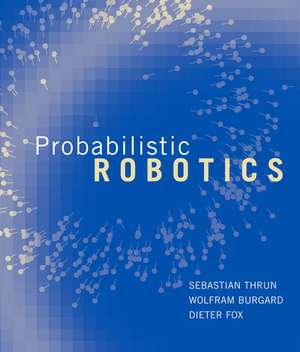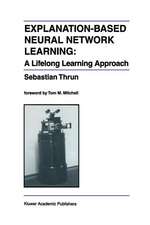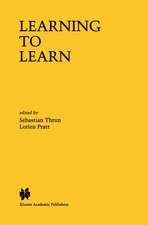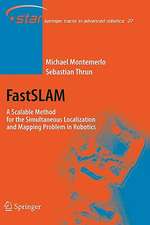Probabilistic Robotics
Autor Sebastian Thrun, Wolfram Burgard, Dieter Fox, Ronald C. Arkinen Limba Engleză Hardback – 19 sep 2005
Probabilistic robotics is a new and growing area in robotics, concerned with perception and control in the face of uncertainty. Building on the field of mathematical statistics, probabilistic robotics endows robots with a new level of robustness in real-world situations. This book introduces the reader to a wealth of techniques and algorithms in the field. All algorithms are based on a single overarching mathematical foundation. Each chapter provides example implementations in pseudo code, detailed mathematical derivations, discussions from a practitioner's perspective, and extensive lists of exercises and class projects. The book's Web site, www.probabilistic-robotics.org, has additional material. The book is relevant for anyone involved in robotic software development and scientific research. It will also be of interest to applied statisticians and engineers dealing with real-world sensor data.
Preț: 598.13 lei
Preț vechi: 717.34 lei
-17% Nou
114.49€ • 124.40$ • 96.23£
Carte disponibilă
Livrare economică 01-08 aprilie
Livrare express 15-21 martie pentru 69.65 lei
Specificații
ISBN-10: 0262201623
Pagini: 668
Dimensiuni: 210 x 228 x 39 mm
Greutate: 1.38 kg
Editura: Mit Press
















